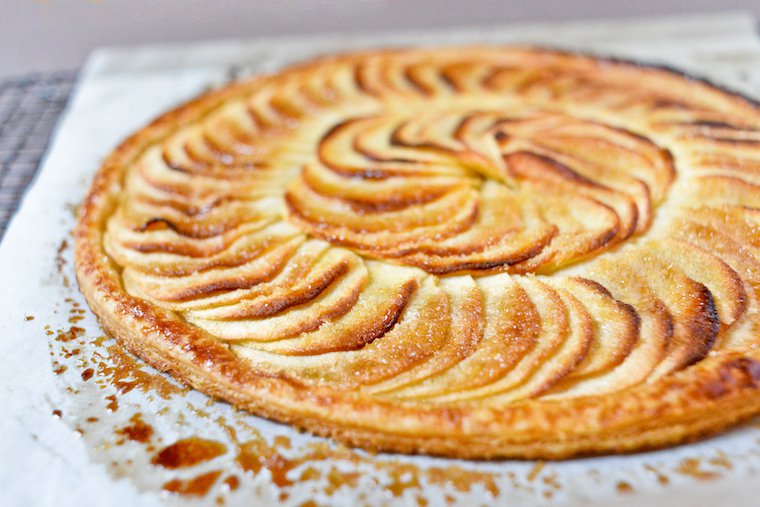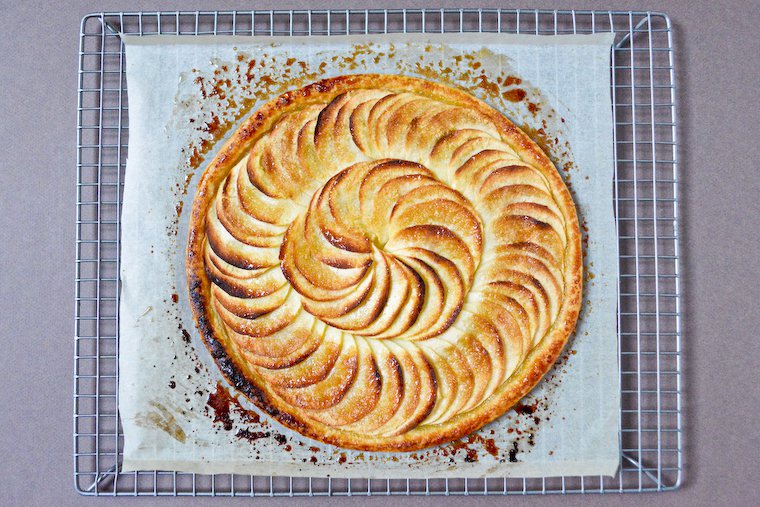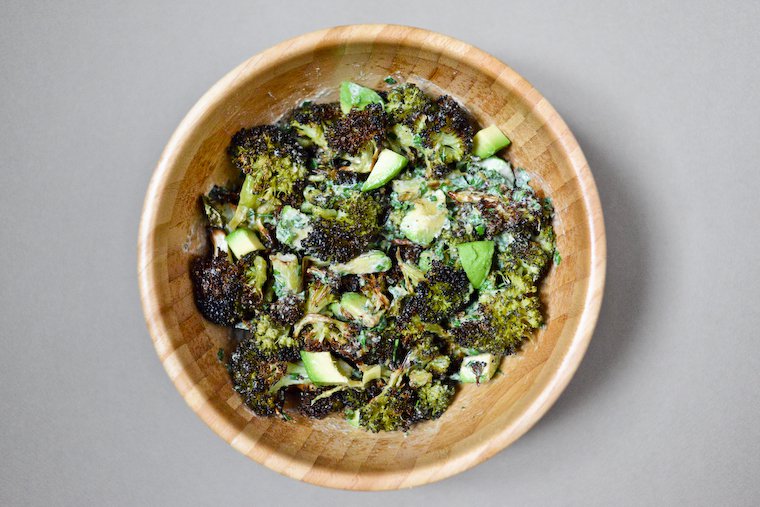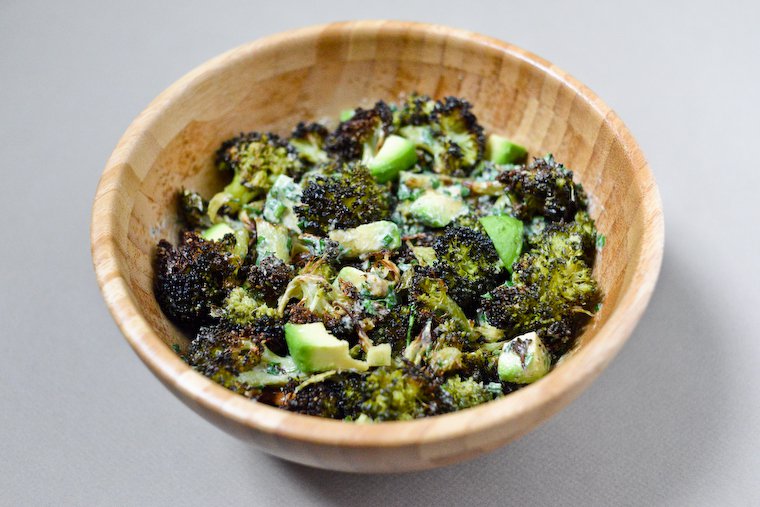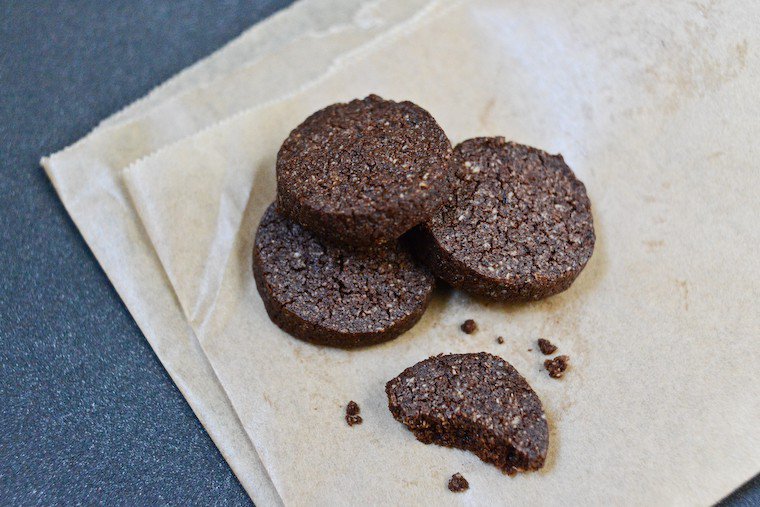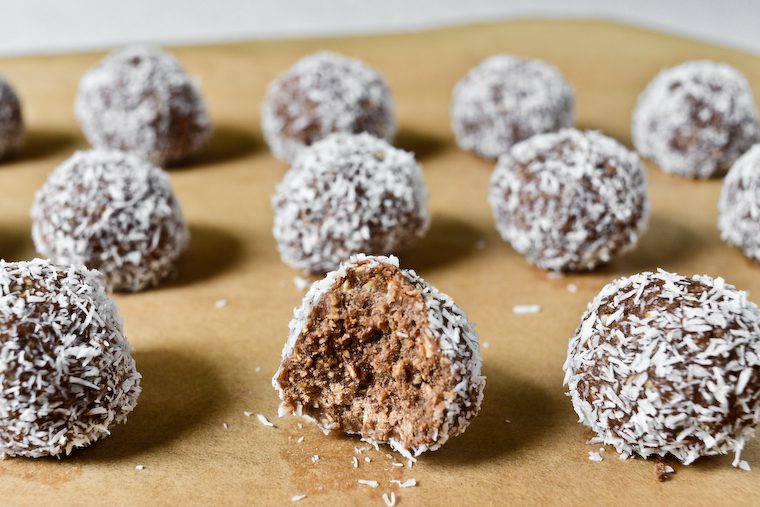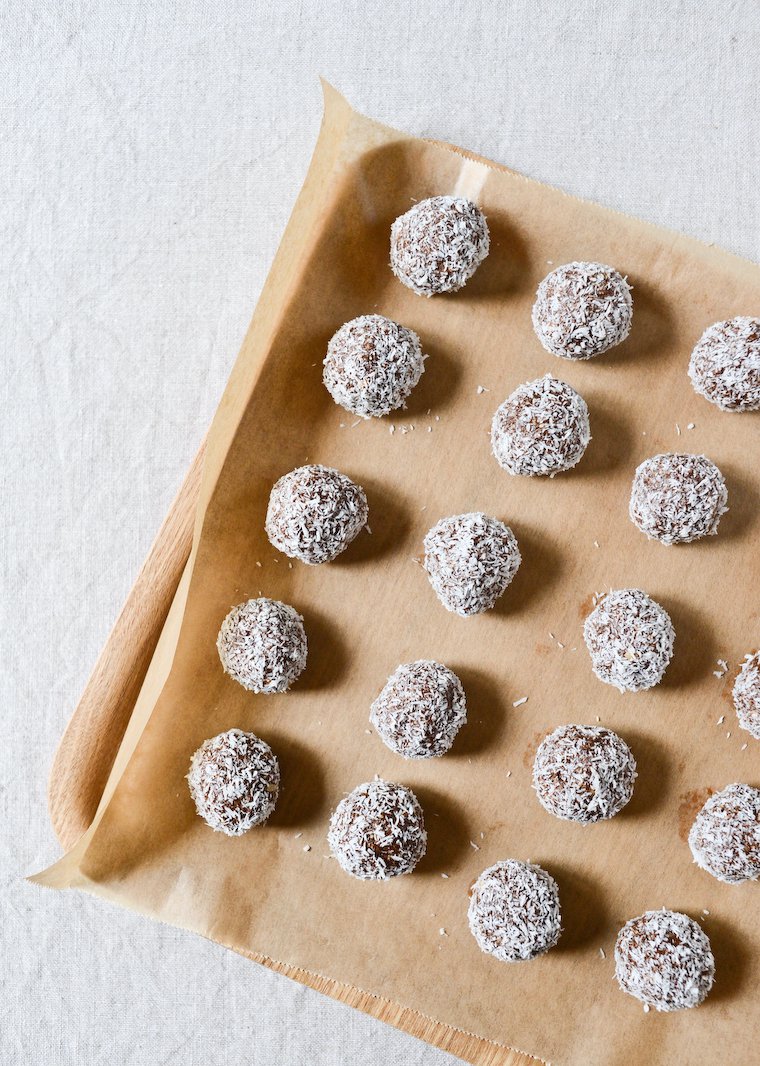Tarte fine caramélisée aux pommes
When I wrote about my enthusiasm for quick and easy puff pastry, I promised I would soon share the apple tarte fine I made with it, and that day has come.
A tarte fine — literally, “thin tart” — is a classic type of French tart assembled on a flat disk of puff pastry, with no raised borders. This means it requires no tart pan, a trait that will no doubt appeal to the minimalists and the ill-equipped.
The trick to a perfectly caramelized crust is to butter and sugar the parchment paper you will bake it on.
It is a type of tart I’ve always thought elegant for its understatedness. The filling is typically made up of just fruit, and moderate amounts of it, so as to remain super thin. And every bite is as much about the crust as it is about the filling, which makes it an ideal opportunity to showcase your new puff-pastry-making skills.
Apple Tarte Fine: a Study in Simplicity
And indeed this recipe is a study in simplicity: a thin round of rough puff that caramelizes in the oven — the trick is to butter and sugar the parchment paper you will bake it on — to form a crisp, flaky, buttery frame for a rose-shaped arrangement of thinly sliced apples.
That’s it. Bake and serve.
It does just as well slightly warm or at room temperature, and you could also make it with pears if you wanted to, but the one thing I will advocate for is serving it on its own. No custard, no ice cream, no crème fraîche. Just the solo silhouette of the tarte fine on a plate.
Join the conversation!
Have you made or tasted a tarte fine before? Does the gorgeous simplicity of it appeal to you as much as it does to me?
